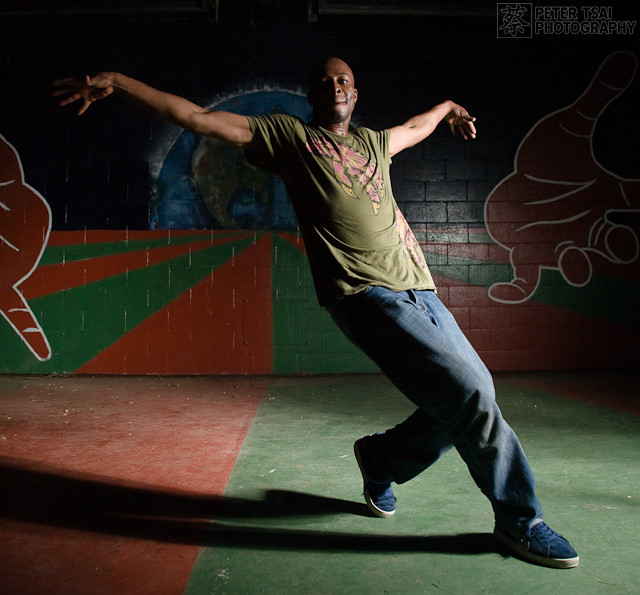Toprock: The original foundation of Breakin'
- Tommy Boost
- Apr 19, 2024
- 3 min read
Breakin' wasn't and isn't all about those gravity-defying spins and moves. It all started with Toprock, a freestyle stand-up dance that laid the groundwork for all of breakin' that we know and love.
Toprock, also known as Uprock or in the 70's Freestyle, is a series of rhythmical steps and posed performed upright, that showcases a breaker's style, control, and musicality.
Although in its origins Toprock was a Breakers everything, remember at the time: there was no footwork, no powermoves or the advanced floor or air freezes we know today; there was only Toprock, and that had to showcase the whole of their style, originality and musicality, it had to make them stand apart from the rest of the crowd, make them "that guy" or "girl" on the block. Now it's rare to see Toprock to be all that, but it is still very important to the dance today with Toprock serving a multiple of purposes, such as:
Warm-up: Toprock loosens up the body and gets the blood pumping before going down into footwork or hitting explosive power moves.
Introduction: It's a chance for a breaker to introduce themselves to the audience, opponents in a cypher or competition and most importantly: it's their introduction to the music, with where they establish a connection to the music and in Breakin 'the beat' setting the tone for the rest of their performance.
Transitions: Toprock steps can be seamlessly woven into a throwdown, although usually at the start it can be used in the midpoint to connect various elements or footwork (floor maneuvers) and power moves - it is usually considered a higher level of Breakin' when a dancer is able to seamlessly able to incorporate Toprock as a mid-point acting as a dynamic and level change, as if done incorrectly it stutters the flow of the dance completely exposing a dancer's maturity and ability to all.
Toprock Steps: A Beginners Guide
The beauty of toprock lies in its infinite creativity. There are no set rules, but here are some foundational moves get you started:
The Indian Step: A basic back-and-forth leg swing with a body lean.
The Kick-Out: Exactly what it sounds like - kicking a leg out for emphasis - usually with a cross.
The Same Leg: A series of hops and leg extensions on one leg.
The Bronx Step: A fundamental toprock move with weight shifts from side to side.
The Charlie Rock: A stylish move named after the late 70s famous breaker, characterized by a side-to-side leg extension with a knee bend and footwork variations.
The Hip Twist: A move that emphasizes body control and coordination, with twists of the hips and shoulders.
The Latin Rock: A move inspired by Latin dances, a Toprock movement that mimics cha-cha-cha steps.
The Outlaw Step: A more complex move with quick steps and leg extensions, originally done to showcase a breaker's agility.
I would suggest you check out a few YouTube Tutorials of these (there's hundreds to choose from) if you don't know how the above are performed.
The most important thing and the true beauty of Toprock is that, although foundational movements exist and there are blueprints out there, Toprock like all of Breakin' is ultimately up to you - there are no rules, it's all about your personal expression! The aim is put on your favorite songs and let loose, develop your style, your own flava, yourself as a dancer!
That said, as a teacher of Breakin' I would always suggest to build a solid foundation first, as with a foundation you'll have a lot more to work with when adding your own style; ultimately style is the variables you set your dance to, having a wider scope to set variables will lead to a deeper, richer style.






留言